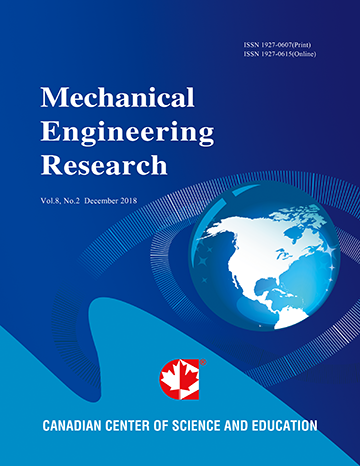Influence of Water-Miscible Cutting Fluids on Tool Wear Behavior of Different Coated HSS Tools in Hobbing
- Hironori Matsuoka
- Akio Kubo
- Hajime Ono
- Takahiro Ryu
- Hua Qiu
- Takashi Nakae
Abstract
The present paper describes the influence of water-miscible cutting fluids on tool life (flank wear) and crater wear of various coated cutting tools and finished surface roughness, as compared with the cases of dry cutting and wet cutting using cutting oil in hobbing in an attempt to improve the working environment. Experiments were conducted by simulating hobbing by fly tool cutting on a milling machine. The following results were obtained. (1) In the case of an uncoated tool, cutting oil was more effective than dry cutting in reducing flank wear. Cutting oil and water-miscible cutting fluids were more effective in reducing flank wear than dry cutting using TiN- and TiAlN-coated tools. The use of water-miscible cutting fluids in conjunction with TiSiN- and AlCrSiN-coated tools prolongs tool life. (2) For all coated tools, the use of cutting oil or water-miscible cutting fluids were effective in reducing crater wear. Especially, water-miscible cutting fluids were effective for TiSiN- and AlCrSiN-coated tools. (3) Regarding the finished surface roughness, in the case of dry cutting, the finished surface roughness was similar for various types of coating films. When using cutting oil or a water-miscible cutting fluid, the finished surface roughness improved compared with dry cutting, independent of the type of coating film applied. The finished surface roughness obtained using water-miscible cutting fluid was approximately the same as or smaller than that obtained using cutting oil. (4) With respect to flank wear, crater wear, and finished surface roughness, the water-miscible cutting fluid of emulsion type containing a large amount of synthetic lubricating additives was suitable for the AlCrSiN-coated tool.
- Full Text:
 PDF
PDF
- DOI:10.5539/mer.v8n2p10
Contact
- Lenna BaiEditorial Assistant
- mer@ccsenet.org
